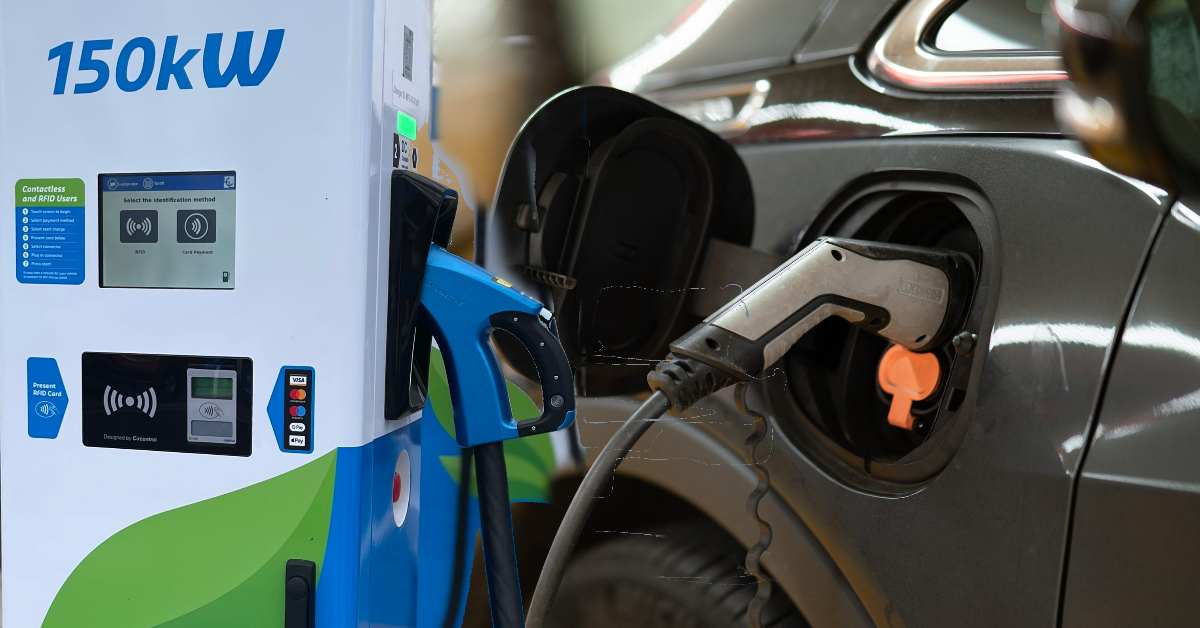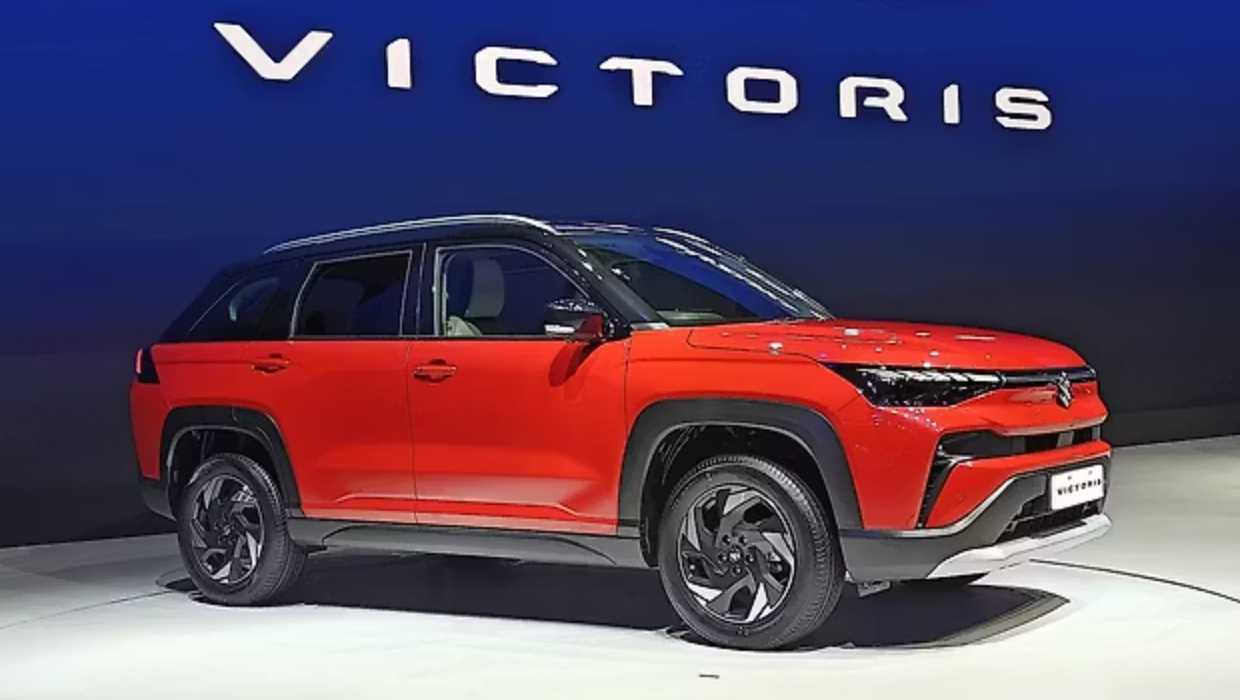The Uttarakhand Government has taken a major step toward promoting eco-friendly transportation by establishing EV charging stations along the sacred Char Dham Yatra route. With 25 charging points already operational and plans to expand the network to 38 locations, the initiative is a part of the state’s broader mission to encourage pilgrims to opt for electric vehicles (EVs) during their spiritual journey. This progressive move not only supports the nationwide EV adoption drive but also contributes significantly to preserving the fragile Himalayan environment.

EV Infrastructure: Current Setup and Expansion Plans
25 Charging Stations Already Operational
As of now, 25 EV chargers have been installed at strategic points along the Char Dham Yatra route. These chargers are universal in nature, making them compatible with a wide range of EVs, ensuring ease of access for all pilgrims.
Technical Details of the EV Chargers
-
Capacity: Each station has a total capacity of 60 kW, split between two 30 kW charging guns.
-
Placement: Most chargers are situated on Garhwal Mandal Vikas Nigam (GMVN) properties, which ensures that they are conveniently located and secure.
Future Expansion to 38 Locations
Chief Minister Pushkar Singh Dhami confirmed that the number of EV charging stations will rise to 38, with:
-
28 chargers managed by the Uttarakhand Transport Department
-
10 chargers operated by the Tehri Hydro Development Corporation Limited (THDC)
This infrastructure aims to seamlessly support EV travel through the challenging mountain terrain and provide confidence to travelers choosing electric mobility.
The Significance of EV Charging on the Char Dham Yatra Route
Promoting a “Green Yatra”
By introducing EV infrastructure along the Char Dham route, the Uttarakhand Government is actively promoting a “Green Yatra” – a pilgrimage with minimal carbon footprint. This is particularly important given the fragile ecological balance of the Himalayan region, which is sensitive to pollution and climate change.
Reducing Environmental Impact
The traditional Char Dham Yatra involves thousands of fuel-powered vehicles emitting significant amounts of carbon dioxide and particulate matter. With nearly 40 lakh (4 million) devotees visiting every year, switching even a portion of these to EVs could drastically cut emissions.
About the Char Dham Yatra
What Is Char Dham?
The Char Dham Yatra is one of the most revered pilgrimages in India, consisting of visits to four sacred Hindu shrines located in Uttarakhand:
-
Yamunotri
-
Gangotri
-
Kedarnath
-
Badrinath
These spiritual destinations are located amidst the Himalayas and attract lakhs of devotees annually.
Char Dham Yatra 2025: Timeline
The 2025 Char Dham Yatra has already commenced and will continue until the first week of November, although the closing date is subject to weather and climatic conditions. Travelers are advised to stay updated with official government notices before planning their journey.
How Pilgrims Benefit from EV Adoption
Reliable Charging Infrastructure
With the chargers spread across key locations, range anxiety — a major concern for EV owners — is significantly reduced. Pilgrims can now travel the entire Char Dham route with better peace of mind.
Cost-Effective Travel
EVs offer a much lower cost per kilometer compared to traditional fuel-based vehicles. With fuel prices soaring, this shift can save pilgrims a substantial amount, especially those traveling long distances.
Eco-Conscious Pilgrimage
Electric vehicles align well with the spiritual ethos of the yatra — purity, sustainability, and harmony with nature. Pilgrims using EVs become part of a larger cause to preserve the Himalayan ecosystem.
Government Vision for a Cleaner Future
The initiative aligns with the Indian government’s ambitious goal to transition toward sustainable and zero-emission transportation. Uttarakhand’s leadership in this space showcases how regional policies can contribute to national green goals.
With these infrastructure developments, the government aims to make EVs mainstream in the pilgrimage sector, potentially setting a precedent for other religious circuits across India.
Frequently Asked Questions:
How many EV charging stations are currently available on the Char Dham Yatra route?
Answer: As of 2025, there are 25 EV charging stations operational along the route, with plans to expand the network to 38 stations soon.
Are the EV charging stations compatible with all electric vehicles?
Answer: Yes, the EV chargers installed are universal and come equipped with two 30 kW charging guns, making them compatible with most commercially available EVs in India.
Who is managing these EV charging stations?
Answer: The Uttarakhand Transport Department oversees 28 of these chargers, while the remaining 10 are managed by THDC (Tehri Hydro Development Corporation Limited).
Where are these EV charging stations located?
Answer: Most of the charging stations are built on Garhwal Mandal Vikas Nigam (GMVN) properties along the Char Dham route, ensuring strategic and convenient placement.
When does the Char Dham Yatra take place?
Answer: In 2025, the Char Dham Yatra started in early spring and will continue till the first week of November, although the closing dates may vary depending on climatic conditions.
What are the benefits of using EVs for Char Dham Yatra?
Answer: Using EVs can help reduce carbon emissions, cut travel costs, and contribute to an eco-friendly pilgrimage experience in line with the government’s Green Yatra initiative.




